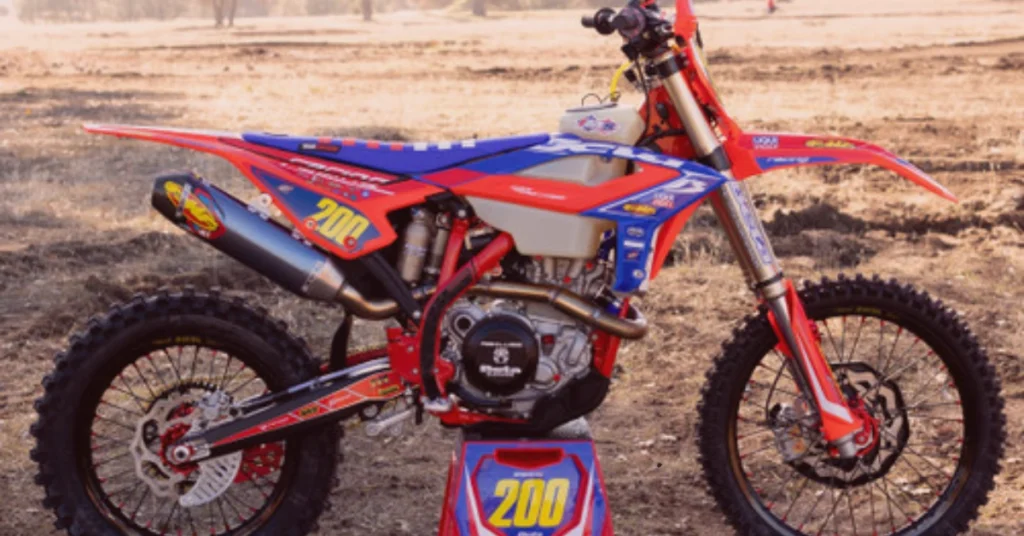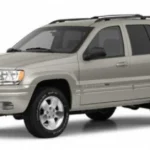Introduction to Beta 300RX
The Beta 300RX wheel size is a powerhouse in the off-road motorcycle world, blending performance and agility into a single ride. Whether you’re navigating rocky trails or cruising through forest paths, this bike offers an exhilarating experience that keeps riders coming back for more. But have you ever considered how crucial wheel size is to your riding experience? It’s not just about aesthetics; the right wheel size can significantly influence handling, stability, and comfort on various terrains. Let’s dive deep into everything you need to know about Beta 300RX wheel size and discover how they impact your adventure on two wheels.
Why Wheel Size Matters
Wheel size plays a crucial role in the performance of the Beta 300RX wheel size. It directly impacts handling, stability, and comfort on different terrains. A larger wheel can roll over obstacles more easily, offering better traction.
Conversely, smaller wheels provide agility and quick maneuverability. This is essential for tight turns or technical trails where precision matters most.
Riders need to consider their riding style when evaluating wheel size. Whether you’re tackling steep hills or navigating through rocky paths, the right wheel size enhances your overall experience.
Another factor to think about is rider weight and skill level. Heavier riders may prefer larger wheels for support while lighter riders might find smaller sizes more responsive.
Understanding how wheel size affects performance helps ensure you get the best out of your Beta 300RX on every ride.
The Different Wheel Sizes for the Beta 300RX wheel size
The Beta 300RX wheel size is designed for versatility across various terrains. Its wheel sizes play an essential role in performance.
Typically, the bike features a 21-inch front wheel and an 18-inch rear wheel. This setup strikes a balance between stability and agility. The larger front wheel helps navigate obstacles with ease while providing enhanced traction.
For those seeking off-road adventures, some riders opt for custom modifications to adjust their wheel sizes. A larger rear wheel can improve rolling efficiency on rough surfaces but may compromise maneuverability.
On the other hand, smaller wheels are often favored for technical trails where quick turning is necessary. Each size offers unique benefits that cater to different riding styles and preferences.
Understanding these variations allows you to tailor your Beta 300RX experience according to your specific needs on the trail or track.
Advantages and Disadvantages of Each Wheel Size
Larger wheels on the Beta 300RX provide better stability and traction. They excel in rough terrains, making obstacles easier to navigate. Riders often feel more confident tackling steep inclines with larger sizes.
However, bigger wheels can be heavier. This added weight may affect handling in tight corners or technical sections. It’s important to consider how that might impact your ride.
Smaller wheels offer increased maneuverability. They are lighter and can change direction quickly, which is a significant advantage in narrow trails.
On the downside, smaller sizes can struggle over larger bumps or rocks. You may sacrifice some comfort for agility when navigating tricky landscapes.
Each size has its pros and cons depending on personal preference and riding style, shaping the overall experience on your Beta 300RX.
Choosing the Right Wheel Size for Your Riding Style
Selecting the right wheel size for your Beta 300RX wheel size can greatly enhance your riding experience. It’s essential to consider where and how you ride most often.
If you’re into tight trails or technical terrains, smaller wheels might be more beneficial. They offer better maneuverability and control in challenging conditions. You’ll find it easier to navigate sharp turns and obstacles with precision.
On the other hand, larger wheels excel on rougher surfaces. They provide improved stability and traction, making them ideal for open fields or uneven grounds. Riders who enjoy speed will appreciate the smooth rolling ability of bigger tires.
Think about your personal preferences too. Some riders prioritize comfort while others seek performance at all costs. Your choice should reflect what makes you feel confident on two wheels, allowing for an enjoyable adventure every time you ride.
Maintenance and Upkeep for Different Wheel Sizes
Maintaining the wheels on your Beta 300RX is crucial for optimal performance. Different wheel sizes may require varied care routines.
For larger wheels, ensure that the tire pressure is regularly checked. Under-inflated tires can lead to poor handling and increased wear. Inspecting the sidewalls for cracks or punctures should be routine as well.
Smaller wheels often have a different set of challenges. They may experience more strain during aggressive riding, so it’s essential to keep an eye on spoke tension and rim integrity. Regularly cleaning dirt and debris will prolong their life.
Don’t forget about lubrication too; hubs need it to spin freely without added friction. A little preventive maintenance goes a long way in ensuring longevity across all wheel sizes.
Conclusion
When it comes to the Beta 300RX wheel size plays a pivotal role in performance and handling. Understanding the nuances of different sizes can significantly enhance your riding experience. Whether you prefer agility and responsiveness or stability and control, knowing how each size affects your ride will help you make informed decisions.
As you dive deeper into the world of off-road biking, consider how your choice aligns with your personal style. Regular maintenance ensures that whatever wheel size you choose continues to perform at its best. Embrace the adventure ahead by selecting a setup that feels just right for you on every trail journey.
Explore various options available for the Beta 300RX wheel sizes, keeping in mind both advantages and potential drawbacks. Your riding style deserves wheels that complement it perfectly. So gear up confidently—your ideal ride awaits!







